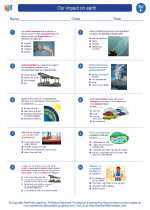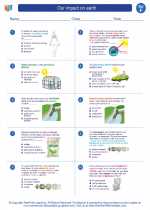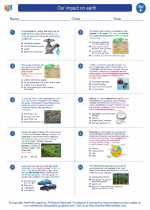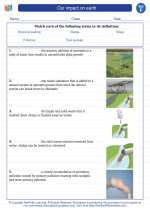Liquid
A liquid is one of the three primary states of matter, along with solid and gas. It is characterized by its ability to flow and take the shape of its container. Liquids have a definite volume, but not a definite shape.
Properties of Liquids:
- Fluidity: Liquids can flow and take the shape of their container.
- Definite Volume: Liquids have a fixed volume.
- No Definite Shape: Liquids do not have a fixed shape and take the shape of the container they are in.
- Incompressibility: Liquids are difficult to compress due to the close arrangement of their particles.
- Surface Tension: Liquids have a tendency to minimize their surface area, leading to the formation of droplets and the ability to support objects on their surface.
- Viscosity: Liquids vary in their resistance to flow, known as viscosity. For example, honey has a higher viscosity than water.
Examples of Liquids:
Common examples of liquids include water, milk, juice, oil, and alcohol.
Changes in State:
Liquids can change to the solid state through freezing, and to the gas state through evaporation or boiling. The temperature and pressure at which these changes occur depend on the specific properties of the liquid.
Study Guide:
To study the topic of liquids, it is important to understand the properties and behaviors of liquids, including their fluidity, volume, shape, incompressibility, surface tension, and viscosity. Additionally, students should be familiar with examples of liquids and the changes in state that liquids can undergo. Conducting experiments to observe the behavior of liquids under different conditions can further enhance understanding of this topic.
[Liquid] Related Worksheets and Study Guides:
.◂Science Worksheets and Study Guides Sixth Grade. Our impact on earth

 Worksheet/Answer key
Worksheet/Answer key
 Worksheet/Answer key
Worksheet/Answer key
 Worksheet/Answer key
Worksheet/Answer key
 Vocabulary/Answer key
Vocabulary/Answer key
